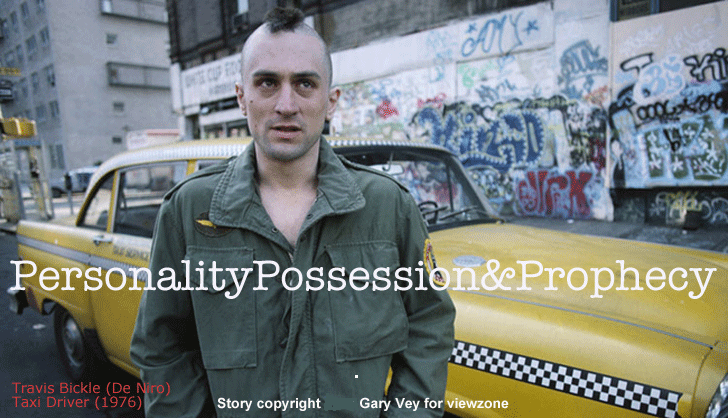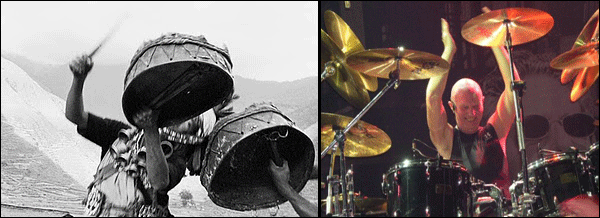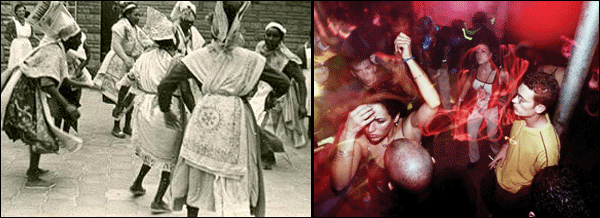

Captain, the Kardashian vessel is de-cloaking off the port bow!
One bloodless and safe way of exploring the hippocampus is to mess with it. Carl Jung, a protégé of Freud, devised a method to indirectly examine how the individual personality handles new information. It was a stroke of genius for Jung and it still has therapeutic value today. Here's how it works.
Jung had a collection of carefully selected words, covering a wide area of interests and themes. He would tell his patients that they were to listen to each word and respond with whatever word came to their mind. There was no right or wrong response, but it should be given as quickly as possible.
Unknown to the patients, Jung would have the words written in a list. As he recited the words or phrases he would start a stopwatch and carefully measure the time before the response was given. This would be recorded for each word. The response was not important but the delay was highly significant.

From a very funny site: missmalady.blogspot.com
Jung hypothesized that certain painful or anxiety inducing memories were being stimulated by the words or phrases, triggering the personality to process the incoming "attack" by diverting the spontaneous association and substituting less emotionally charged response. This extra bit of processing added to the response time. Jung measured the interval between the word and its verbalized association.
A review of the words with the longest interval can shed light on the nature of the vulnerability -- what Jung called a "complex". With some detective work, the patient can be presented with these "forgotten" themes and memories and, with the magic of psychoanalysis, they resolve themselves.
If I had just stole the apple pie from the kitchen table and Jung asked me to respond to "Apple", I might still be brazen enough to say "Pie!", but the delay would give me away.
Possession & Prophecy
Regardless of their source, external personalities can also apparently "take over" our minds under certain conditions. This phenomenon is the one usually associated with "possession." The entities are often given permission or "invoked" to enter the host's mind. The host is often aware of the possession but at a lesser degree of consciousness often described as a "dream" or trance.
It is interesting to note that shaman, who cultivate alters which communicate with natural forces and powers, have all of the symptoms of what would be Multiple Personality Disorder in more pragmatic cultures. The difference is that their role and utility is a positive one. They also seem to derive their condition without any childhood abuse or trauma.

Early training for many shaman positions begins in childhood by encouraging activities that psychologists refer to as dissociative -- the "tuning out" of the external world and the "tuning in" of the internal realm of the mind. Unlike modern cultures, a daydreaming child is encouraged. Most beneficial is a child who can enter a self-hypnotic state or trance. Qualified candidates are soon isolated from the community for special training. Gradually, a spirit-medium personality forms and can "come out" and take over the mind of the shaman as needed.
The shaman phenomenon illustrates how separate personalities can be intentionally cultivated to provide a social role. If the mind can so easily create other personalities, is it wise to invest so much importance in this transient identity?
|
Modern Shamanism
One of the signs that an initiate shaman had reached ripeness was when he started acting completely mad. When he behaved like an animal, making odd sounds and contorting his body, shocking those who witnessed the transformation. Perhaps it signifies the complete replacement of the host's personality by the other alter -- whatever it was, it served as the shaman's authority in matters pertaining to contact with the "other side". And the result of the transformation was to bring back some insight or prophecy from a more advantageous vantage point (i.e. revelation). Modern culture looks down on shamanism and possession, yet it is a vital part of our lives, even today. Our shaman priests become spectacles of trance and exhibit odd behavior in rituals that would rival the ancient ceremonies around the camp fire.
 The word shaman, originally Siberian, is an anthropological term. In the Tungus language, a shaman is a person who "beats the drum, enters into trance, and cures people." [*]
 Almost universally, indigenous people have sought meaning and clarity through ritual ecstasies. The word "ecstasy," despite its modern connotation of supreme bliss, originally meant "to be out of ones head." The Greco-Roman Dionysian Mysteries (aka the Cult of Dionysus) parallel the shamanic practices of tribal cultures -- a systematized disorganization of the senses via trance states induced by intoxicants/hallucinogenics, music and/or dance, with the goal of personality transformation/liberation from social constraints, and communion with a divine or supernatural principal through alterations of their host personality. Today's modern day shaman is an entertainer whose alter is usually a drug or alcohol induced "altered state" and not a real alternate personality. But the power of the drums and the extreme performances are still capable of inducing a collectible trance, or rave. |
So we learn that personality can be changed en masse by a skilled shaman. It's looking more like personality is fickle. It can be switched on and off, created on the fly, replaced on request... Would anyone place importance on anything a personality said or did? What if that personality was God? or the Evil One?
© Gary Vey for viewzone
